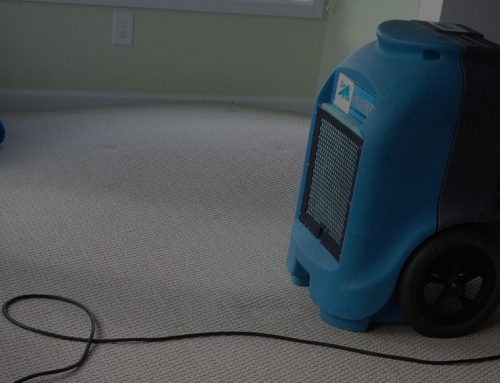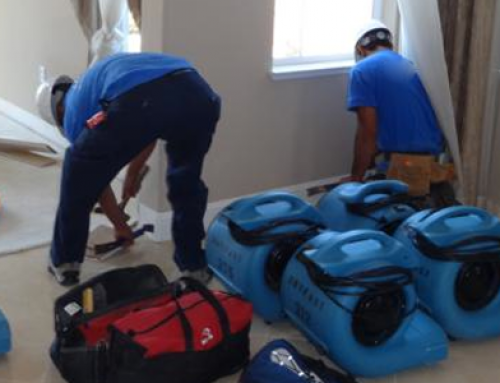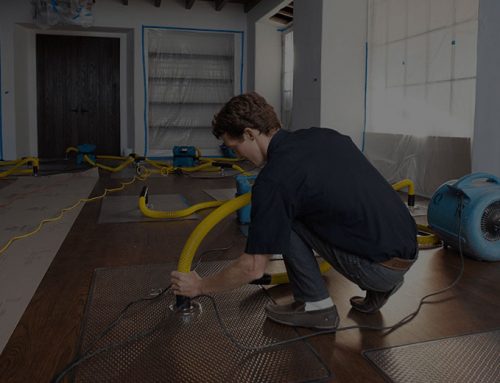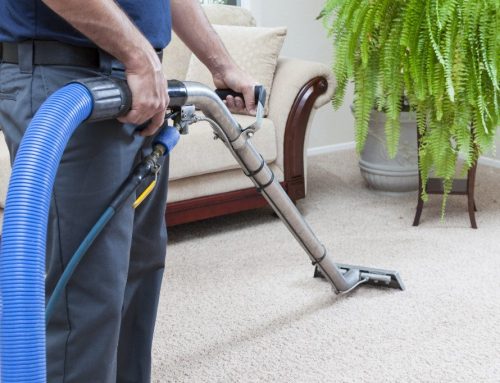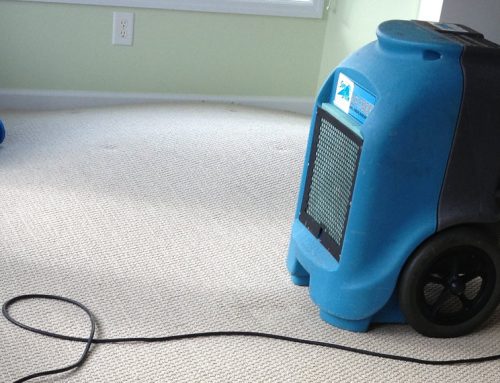Leather Furniture DOs and DONT’S
Few upholstery choices match the classic cool and unparalleled comfort of real leather. As any owner of leather goods knows, however, proper care and maintenance is the key to keeping it fresh, supple, and durable. Like a leather handbag or jacket, leather sofas and armchairs require leather cleaning and conditioning products from time to time lest they become dry, cracked, and worn out.
DONT’S
- Do nothing: that’s right, neglecting leather just because it ‘looks’ tough and durable is a big mistake. A leather armchair that can last well over a decade won’t last a year if there is no preventative cleaning or conditioning.
- Neglect stains: most stains won’t set in on leather upholstery as easily as they will on fabric upholstery, which is good, but the bad is that when stains do occur they can set in quickly and be much more difficult to remove from leather. As a general rule, it’s no advisable to do much eating or drinking on leather upholstery, but when you do, clean up any spills or stains with a water-based cleaning product straight away.
- Attempt to clean oil/grease stains with water: following from the previous point, eating and drinking isn’t recommended since oily, greasy stains can end up streaking or blotting even larger on leather if water is used as a cleaner. Not sure if the stain was greasy a few hours or days ago? Conduct a spot test first. If the stain spreads, contact a leather upholstery expert immediately to remove the stain professionally.
- Use leather cleaning product before testing it first: there are many different grades and qualities of leather used for upholstery, so no two products will react the same way on YOUR furniture. Unfortunately, some trial and error is common, so you may end up with a full canister of leather cleaning product that’s useless on your sofa. Conduct spot tests to ensure that the product is appropriate before cleaning the entire surface of the chair or sofa.
DOs
- Dust and vacuum regularly: dusting with a soft brush and gentle vacuuming is perfectly fine (and recommended) for leather furniture. Make a habit of vacuuming and dusting your leather furniture whenever you vacuum your floors or carpets, which should be once a week at a minimum. Dusting and vacuuming are amongst the easiest ways of conducting preventative maintenance as well as keeping your leather upholstery vibrant without having to call in a professional.
- Feed your leather: leather is a permeable material, permitting air and moisture to pass through. That’s what people mean when they say that leather breathes. Since leather can absorb moisture and moisture can bring about bacterial growth, specialised leather cleaners and conditioners are a requirement every so often to maintain the material’s fresh and soft texture as well as creating a barrier which nourishes and feeds the appropriate moisture to the leather and thus staving off cracking and drying.
- Contact a professional: professional leather upholstery experts such as Floodcare specialise in bringing vibrancy and health to leather upholstery of all sorts using the right creams and conditioners for your furniture.
Floodcare
At Floodcare, we clean and condition all types of leather with the right products to keep your leather supple and durable for years to come.


